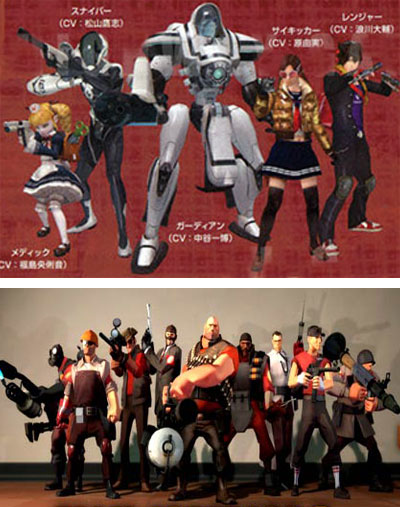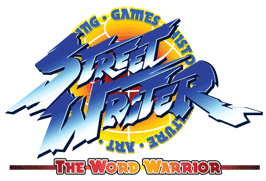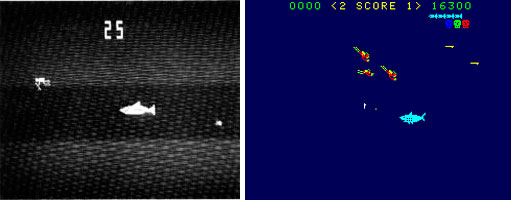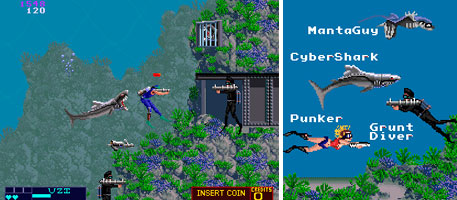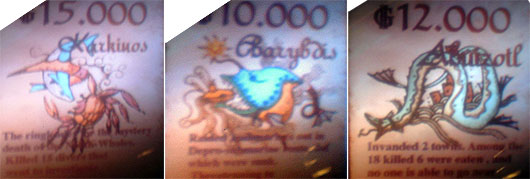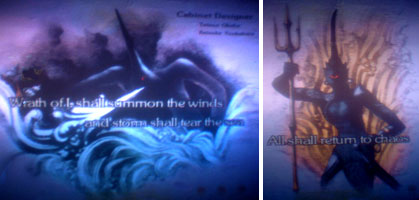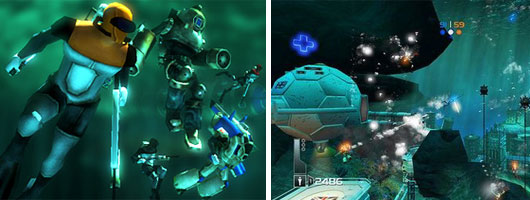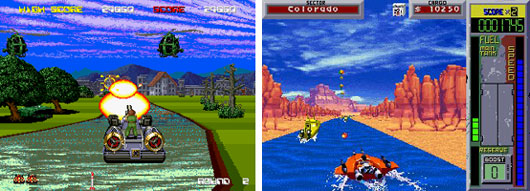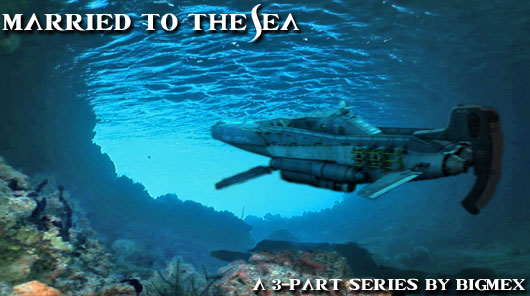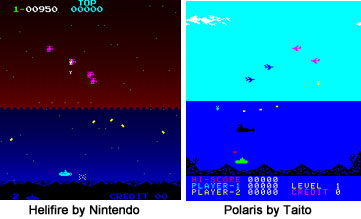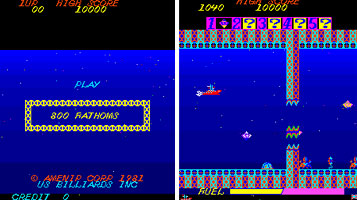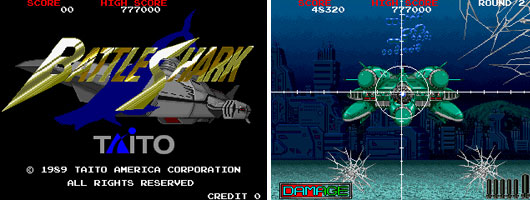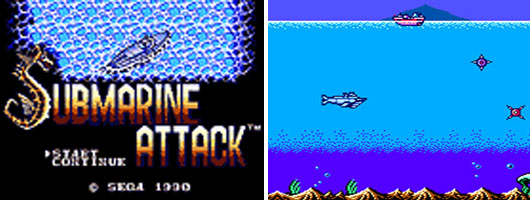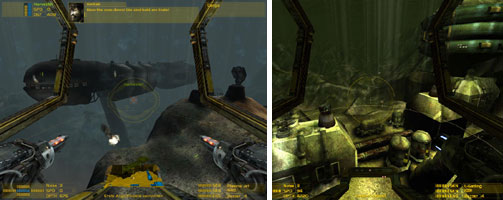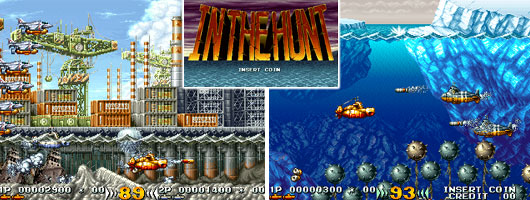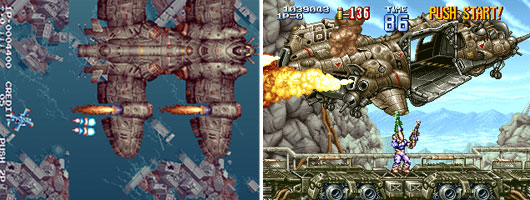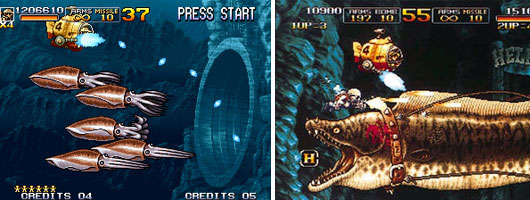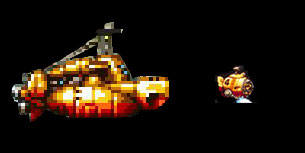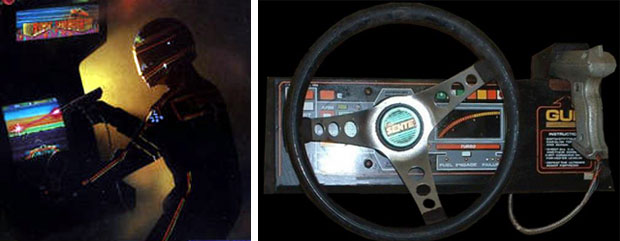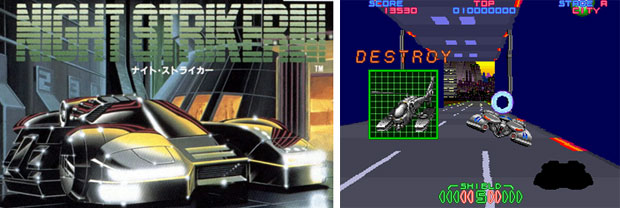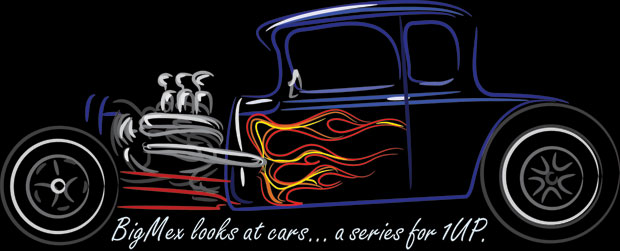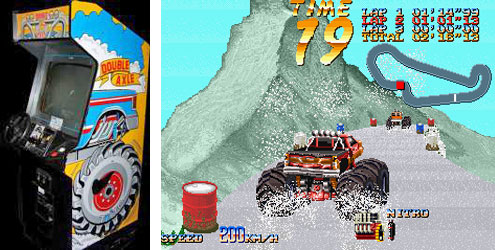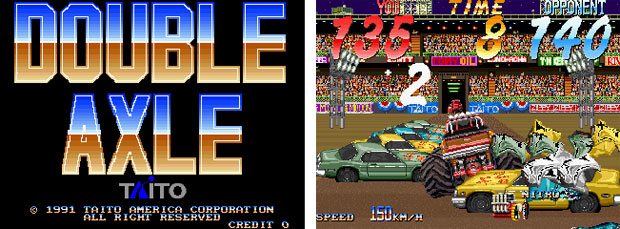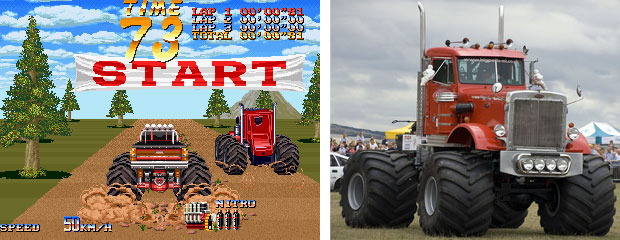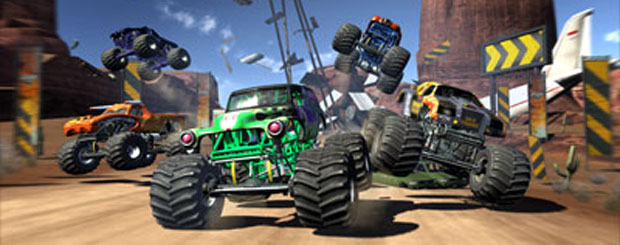I had originally posted a blog on this topic on my old 1UP page, but sadly couldn’t save the HTML before the site was disabled. I did however have the images, and will try to put together the topic as best as I can remember. If you’re a regular on this blog you know that I like to talk about different types of fighting games, and bring back some little known titles. One of my favorites was based on the manga, and anime BASTARD!! Ankoku no Hakaishin (The Dark God of Destruction). My brothers, and I enjoyed playing import games in the early ‘90s. One of the benefits of living in the southland was being able to visit Little Tokyo where they had import games for a reasonable markup. We were literally watching Dragon Ball Z on VHS a month after they aired in Japan. Plus we were playing DBZ fighting game on the Super Nintendo while kids were waiting for Super Street Fighter II to come to come out on the same console.

The manga was high fantasy, with lots of violence, and nudity thrown in for good measure. It predated Berserk by years, and is owed its flowers. What separated it from other violent fantasy titles was that the characters had magic, and psychic attacks, in addition to their traditional swordplay. Adapting the series to a game format was Cobra Team, and SETA Corporation. They actually did a fantastic job recreating the flying/fighting mechanics on the 16-bit console. Most games based on a property were platform titles, you would follow the main character from stage to stage fighting the various bosses, in a Castlevania-tyope quest. Sometimes a licensed game would be a fighter, but those were sloppily done. But this was different. It was actually a brilliant game with a lot of originality.
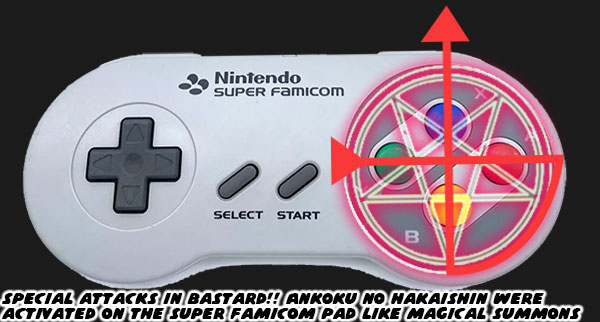
You had a sort of behind the back mechanic where you could see your opponents in the distance, flying over the various kingdoms. You could circle each other, fly at each other, and change elevation slightly. As fresh as the gameplay was, it also made a clever use of the special attacks. In order to perform a special move you would use button combinations, and these were inspired by the magical seal attacks from the manga. You know, where the main character draws a sort of spell over a pentagram? These were things that had been seen several times in manga, and anime. Most notably in Fullmetal Alchemist. I was lucky to have picked up an issue of V-Jump magazine which let me know all the magical seal combinations of the main characters. It became intuitive after a few rounds of battles with my brothers.
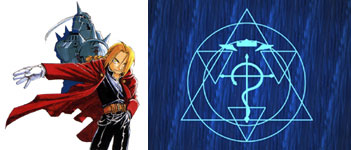
This mechanic of drawing special attacks would pop up in RPGs, and other titles some years later, when touchscreens had entered the mainstream. But the idea for creating spell patterns with button combinations? That was all thanks to Bastard!!. Speaking of which, the manga, and game ended up setting a sort of standard that would predate the evolution of the Dragon Ball Z fighting games. The downside was that 3D flying, and fighting mechanics were difficult to present accurately using 2D sprites.
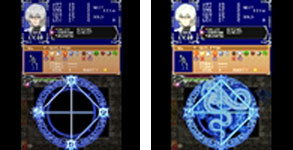
While Dragon Ball was known for its impressive fight scenes, there were other manga, and anime shows that showed combat that was equally unique. One of those was X / 1999, a series by CLAMP. The main characters looked like typical high school teenagers, however they fought using awesome psychic powers. Think about how Tatsumaki from One Punch Man, or Mob from Mob Psycho 100 fight in their respective shows. They’re able to fold buildings, and turn cities into rubble with just a glance. Mind you these archetypes were made popular in the early 1990’s. It was about that time when 3D models were replacing sprites in arcade games.
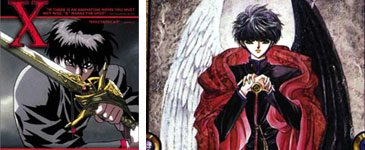
Taito took a chance on free floating 3D psychic combat in their cult hit Psychic Force. The arcade game from 1995 was a breath of fresh air. In a sea of 2D fighting games this one truly stood out. The characters had a heavy anime design to them, and players battled within psychic cubes, this contained the force of their attacks, and prevented innocent civilians from getting hurt. You could float in three dimensions, and direct close, and ranged attacks at your opponent. It was an even more polished version of the Bastard!!, and Dragon Ball flying mechanics. Its sequel Psychic Force 2012 came out in 1998, and was published on multiple consoles including the Sega Dreamcast. I urge you to track down a copy if you have a DC, or play on an emulator. It’s still a fresh game.

With the exception of the more recent Dragon Ball games the free-floating fighting game genre seemed to hit a dead-end at the end of the 20th century. That was until Psy-Phi was announced by Sega, and actually demoed in 2005. It was the first new fighting game
designed by Yu Suzuki, the legendary mind behind many of Sega’s biggest hits, including Virtua Fighter. His goal was to completely rewrite the fighting genre, while at the same time making it more accessible to audiences. He saw the limitations of gamers using frame data, and other gameplay nuances to take the creativity out of fighting. So he designed a touch screen interface. And rather than rely on quick reactions like a martial arts game would demand, his characters had psychic powers, so there was more strategy involved in each battle.

It was a good idea in theory, but for more than a decade I worked in a computer lab. I knew how reliable touch screen technology could be. Not only that, I knew how filthy monitors would get after a few hours of playing. There was no way you would have convinced me, or my brothers to put our fingerprints all over a display, and pick up some nasty germs. I had no idea how Sega was going to handle that question, or how much it would cost arcade operators to buy touch screen games. What would the maintenance have been on these screens, or whether the technology was even viable in the arcade.
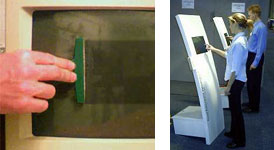
The character designs in Psy-Phi were nice, but not memorable. They didn’t seem to break any new ground as far as influences went. I’m glad that Mr. Suzuki, and Sega were willing to try out new ideas, but it seemed so far out of left field I couldn’t help but wonder if the studio was simply trying to see if their technology was even viable. Shortly after this demo Sega, and a number of other studios started releasing card-based games in the arcade. Where you could play your physical cards on screen, these included sports games, as well as RPGs. In futbol / soccer games you could actually field your players, and choose what formation you wanted to use based on the card placement on the screen. This allowed you to change formations in the middle of the game, as a good manager would be able to do in real life. These mid 2000’s games seemed to last a while, but never took off outside of Japan. I think it had something to do with relying on the technology.

Psy-Phi would be hard to bring to consoles without touch displays as well, or some sort of new controller. For anybody that has a stack of unused guitars, conga drums, and dance pads in their collection could tell you that games with peripherals did not usually last very long. What do you think? Would you have liked a chance to play a touch screen fighting game? Were you a fan of psychic characters in games, or pop culture? Did you ever play any rare import games at home, or in the arcade? Tell me about it in the comments section. As always if you would like to sponsor me
please visit my Patreon page and consider donating each month, even as little as $1 would help make better blogs and even podcasts!

